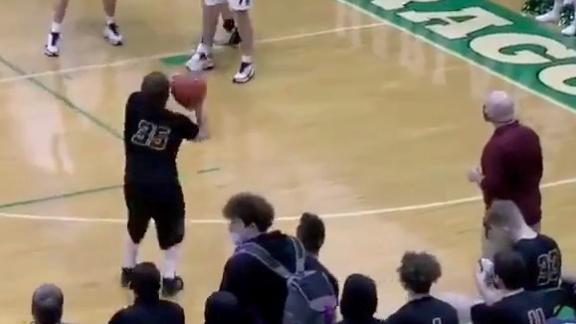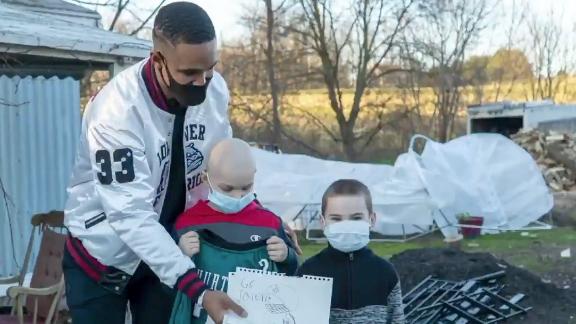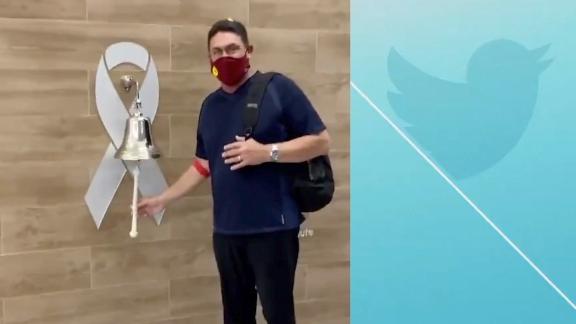Over the past century, the Indianapolis 500 established the city of Indianapolis' identity to the sporting world. With a little help over the past 15 years, Indianapolis has been transformed into a major sports town.
Although the NBA's Pacers were established in 1967 (as an ABA franchise) and the NFL's Colts arrived in 1984, it wasn't until the mid-'90s that those teams truly achieved success and captivated the local fans.
In 1994-95, the Pacers had their breakout season, going 52-30 and reaching the NBA Eastern Conference finals. At about the same time, the Colts' first magical year came in 1995, when they went 13-3 and made it to within a Jim Harbaugh Hail Mary pass of the Super Bowl.
1994 also was the first year that Indianapolis Motor Speedway hosted the Brickyard 400 for NASCAR's Cup series, and the ending couldn't have been happier with adopted Hoosier Jeff Gordon scoring one of his earliest and most memorable NASCAR wins.
With all these additional choices competing for sports fans' attention and money, it was inevitable that Indianapolis' flagship event would suffer. Practice and qualifying crowds diminished, but the Speedway still packs in upward of 225,000 fans on Indianapolis 500 race day, and the party atmosphere promoted on Carb Day has lured the raunchy Snakepit set back to IMS.
The fact that the Indy 500 remained strong despite having serious local competition for arguably the first time in a century is a credit to Tony George's leadership of the Speedway over the past 20 years. During his tenure, George didn't accomplish all of his goals, but he did succeed in his main objective of maintaining the Indy 500's position as one of the world's top sporting events.
It's difficult to maintain that level of stability and excellence for 10 years, much less a hundred. But Indianapolis sports fans have been lucky enough to experience consistent success with the Pacers and, more recently, the Colts.
After their initial breakthrough in 1994-95, the Pacers made the NBA playoffs in 11 of their next 12 seasons, advancing to the NBA Finals in 1999-2000. But the franchise never really recovered from the infamous Brawl at The Palace in December 2004 and has tumbled back into pre-Reggie Miller era mediocrity. The current Pacers are 16-29 and at the bottom of the league in attendance, a far cry from the Pacer Pride of a decade ago.
The Colts lost their way in the late '90s until they drafted a guy named Peyton Manning, a franchise player if there ever was one. The Manning-led Colts went on to set an NFL record for wins in a decade with 115, won Super Bowl XLI and are set to make their second title game appearance in the past four years.
Speaking of Super Bowls, the 2012 edition of the league's championship game is set for Indianapolis' Lucas Oil Stadium -- assuming there is not a player lockout on the horizon. And Indianapolis was such a popular venue for the NCAA Final Four that it became a permanent part of the NCAA's host city rotation. In fact, the NCAA is now based in Indy.
Much of the non-NASCAR racing industry also calls the Indianapolis area home, including a passel of drag racing teams. Not surprising given that Indianapolis hosts the NHRA's U.S. Nationals.
As a whole, the sport of Indy car racing may not be in the best of shape. But the city of Indianapolis is doing just fine in sporting terms -- as is the cornerstone of that competitive heritage, the Indianapolis 500.




